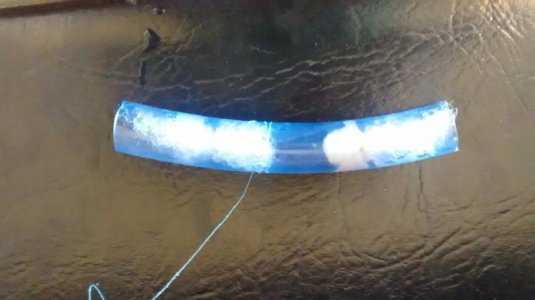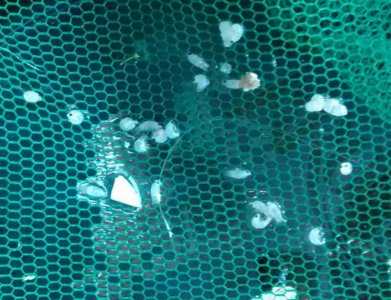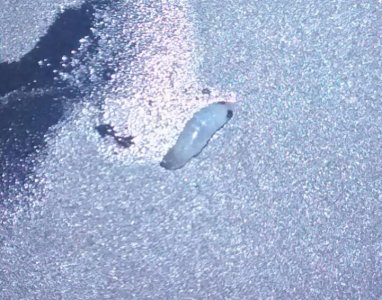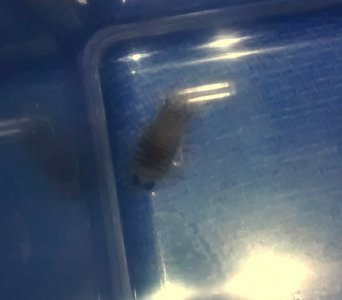NT Nano
New member
I am posting this because I found less info than I hoped on what to actually do, and I hope my experiences help others with these little monsters.
The saga begins with some fresh Florida live rock that I was using to recharge my tank after a major, life-ending-start-all-over-again crash. I had no fish at the time, and thus didn't have my QT tank set up. I thought I would be OK with careful inspection and close observation. As I was flushing the rock prior to putting it in my tank, I found 1 isopod, about 1 cm in length. Sadly, I didn't know what it was, nor did I know that this rock is somewhat notorious for having parasites. I thought they might be juvenile mantis shrimp (now know better). I got rid of it and placed the rock in my tank. A day later, one more of similar size feebly crawled out of the rock and I basted it out. No others appeared.
Fast forward 6 weeks.
I now have had stable params for 2 months, and have added fish and corals. One day I am staring at the tank, and find two little crustaceans hiding in the sand against the glass, in a shady corner. They are each about 5 mm (almost 1/4 inch) in length, and have wee beady eyes. They look like minis of what I found before, and an alarm goes off...
The saga begins with some fresh Florida live rock that I was using to recharge my tank after a major, life-ending-start-all-over-again crash. I had no fish at the time, and thus didn't have my QT tank set up. I thought I would be OK with careful inspection and close observation. As I was flushing the rock prior to putting it in my tank, I found 1 isopod, about 1 cm in length. Sadly, I didn't know what it was, nor did I know that this rock is somewhat notorious for having parasites. I thought they might be juvenile mantis shrimp (now know better). I got rid of it and placed the rock in my tank. A day later, one more of similar size feebly crawled out of the rock and I basted it out. No others appeared.
Fast forward 6 weeks.
I now have had stable params for 2 months, and have added fish and corals. One day I am staring at the tank, and find two little crustaceans hiding in the sand against the glass, in a shady corner. They are each about 5 mm (almost 1/4 inch) in length, and have wee beady eyes. They look like minis of what I found before, and an alarm goes off...
Last edited:




